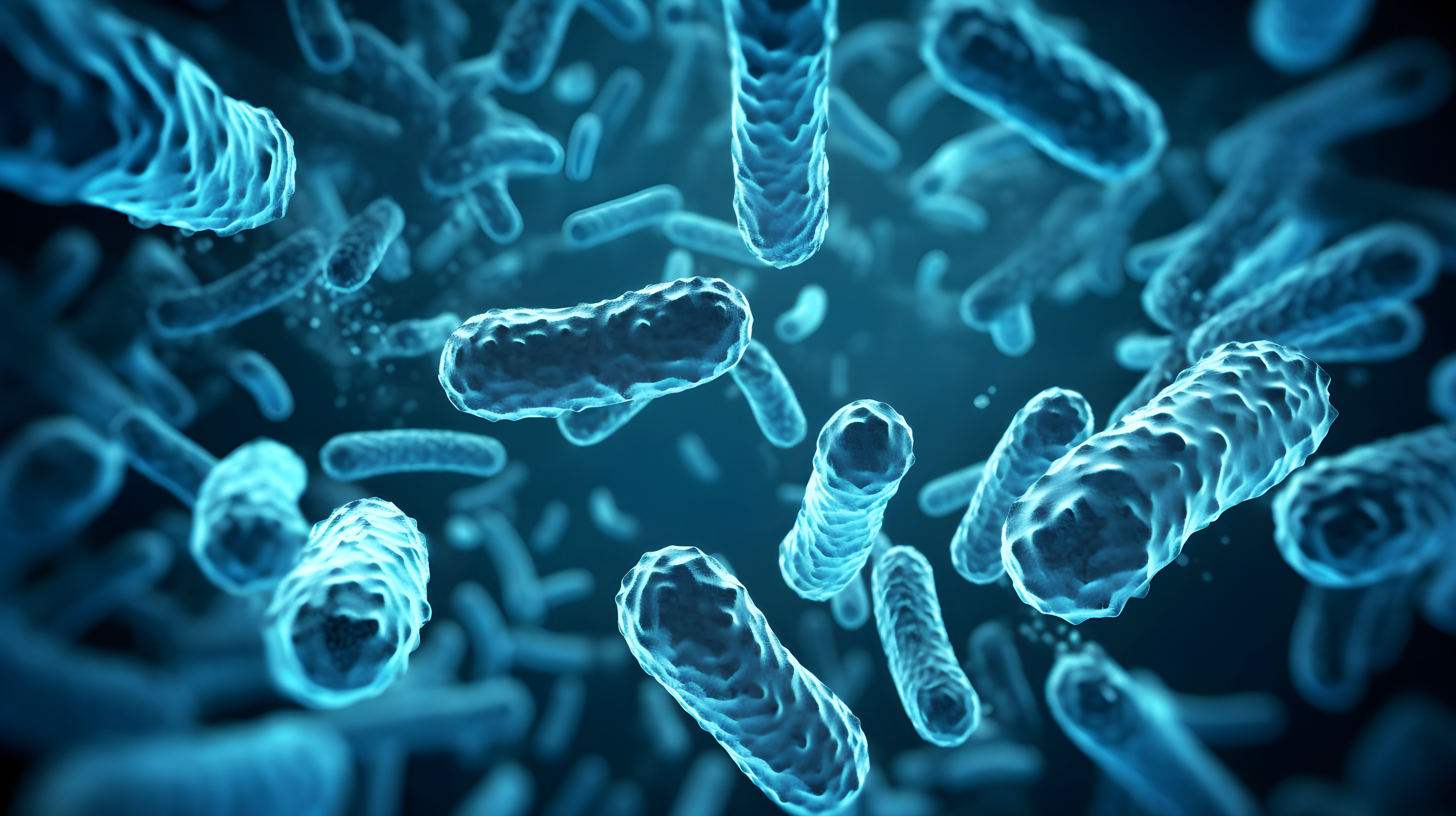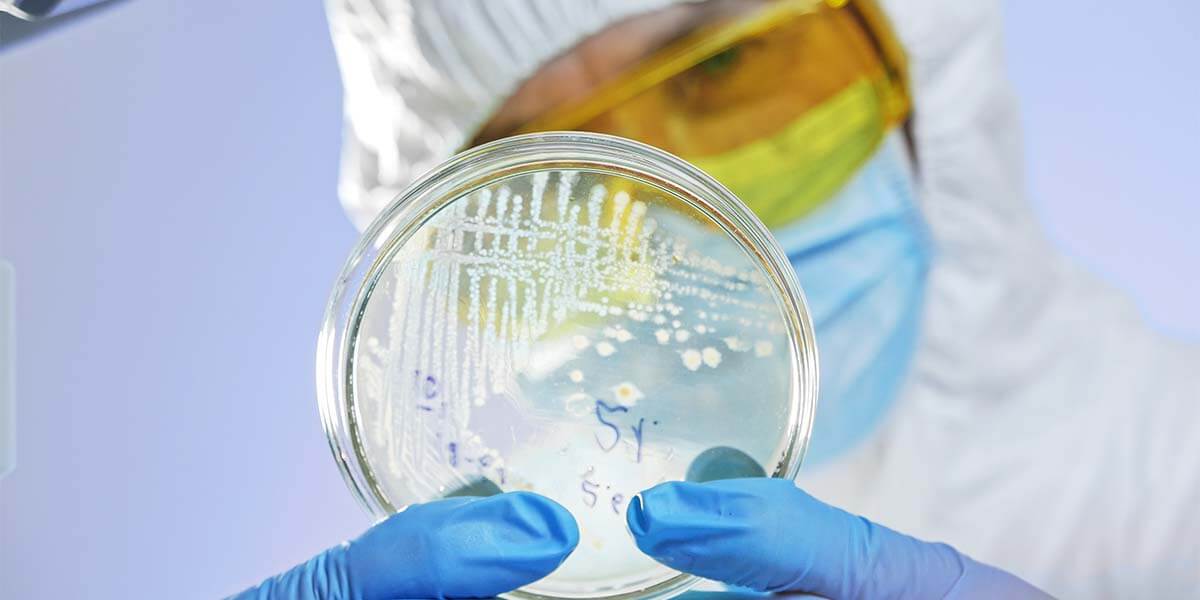How temperature affects legionella bacteria in water systems
Every year a significant number of cases of Legionnaires’ disease are reported, many resulting in long illnesses or even deaths.
It’s a potentially fatal disease that is not going away and could even be on the rise.
The disease is a type of pneumonia which can prove fatal to people who are likely to be more susceptible to its effects – the elderly, people with lung conditions, people with weakened immune systems and anyone who drinks or smokes heavily.
It’s caused by the Legionella bacteria. Inhaling water droplets containing the bacteria can instigate an infection that causes inflammation of the small air sacs in the lungs (alveoli) and their associated tissues. These water droplets might be created by spas, fountains, hot tubs and other water systems.
Fortunately, it’s not contagious – normally only exposure to contaminated droplets can cause the disease.
A living organism
As a bacterium, Legionella is a living thing – a microscopic, single-celled organism that can thrive in various environments, including in the soil, water, and even inside human beings.
And as a living thing, it needs the right conditions to thrive and survive. So in order to eliminate the threat of disease, various methods can be used to create a hostile environment for the bacteria; killing it or stopping it from multiplying in the first place.
Removing its food
One possibility is to eliminate the bacteria’s food sources.
Legionella bacteria feeds on scale, algae, rust, organic matter and sediment – all of which are often found in water systems and can be difficult to completely eradicate.
Rust is a very common issue – especially with older water systems, providing not only food for the legionella bacteria but also causing a gradual degradation of the system, potentially resulting in leaks and breakdowns. Modern water systems often use corrosion-resistant materials such as stainless steel to eliminate the problems of rust.
Another source of food for the bacteria is sediment or debris. If a water system is not fully sealed, then there is a chance for debris to enter. Sediment can also build up from other sources including being carried in from a water intake. This factor can be reduced by flushing the system or ensuring a good flow of water at all times. This may not work so well in an older system with bends and dead legs.
Finally, a thin film of bacteria can build up on hard surfaces or on the top of stored or stagnant water. Known as biofilm it can be hard to remove and can actually protect bacteria such as Legionella. It may be possible to remove by chemical treatments.
As removing the bacteria’s food sources may be difficult, and might well be impossible to remove from the environment completely, what else can be done?
Creating a hostile environment
One of the key ways of eliminating the Legionella bacteria is to create a hostile environment by controlling the temperature of the water. Like most living things, legionella will not tolerate extremes of temperature. The optimum temperature for Legionella to multiply is around 37°C – which is also normal human body temperature.
What temperature kills Legionella bacteria?
To kill the bacteria, the water temperature needs to be above 50°C – as at this temperature the bacteria will begin to die off. To ensure a rapid and certain demise, the temperature needs to be above 60°C. As this is too hot for most domestic uses, water is often stored at this temperature, then delivered to the point of use at a lower temperature.
At the other end of the scale, keeping the water temperature below 20°C will stop the bacteria from multiplying, but it won’t actually kill them. At these temperatures, Legionella bacteria enter a low metabolic state which keeps them alive but inhibits growth.
But if the water in a system is anywhere between 20 and 45°C then you will have the ideal conditions for Legionella Bacteria to experience rapid growth.
There are a number of approaches to eliminating the legionella bacteria, but controlling the temperature of water is one of the more reliable and most often used ways to control outbreaks of Legionnaires’ disease.
Summary
Water temperature is a key factor in the incidence of legionella bacteria and therefore Legionnaires’ disease.
Here’s a quick summary of the effect of temperature in degrees Celsius on Legionella:
20° or less – Legionella survives, but in a dormant state
20° to 45° – Legionella will grow rapidly
50° – Most Legionella bacteria will die within hours
60° – Most Legionella will die within minutes
70° – All Legionella bacteria will die instantly
Topics: Legionella Control

Written by Alex Winter
Alex is a Marketing Contributor and has 5+ years in water treatment and ACoP L8 compliance and works across all six linked areas of the business; Water Treatment, Waste Water, Water Hygiene, Air Hygiene, Engineering and Legionella Training.




